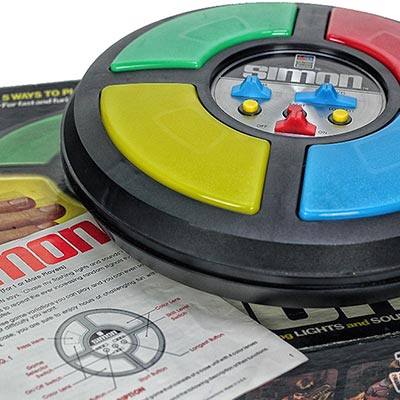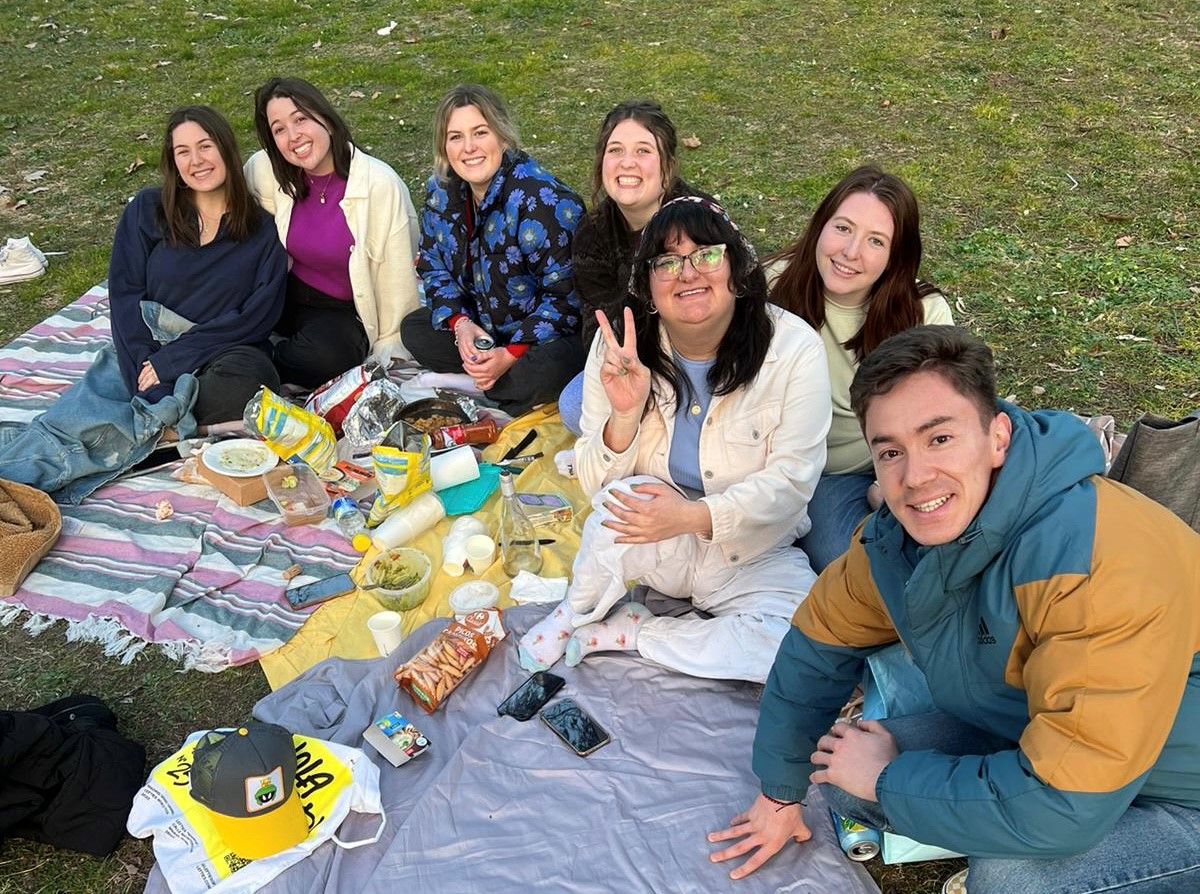By Dinah E., Auxiliar de Conversación in Madrid 2019/2020-2020/2021.
When the hot weather starts, it is a good idea to take your students outdoors and enjoy the class over the grass. Here are my top 10 activities to teach English outdoors.
Bring the Classroom Outside
Teaching English in a classroom setup is the easiest way of delivering the lessons. You have access to the materials, and the students can focus on you. Teaching English online is an innovative approach to learning the language, as seen on the internet these days.
It is very practical and convenient. BUT let’s add a bit of color to these scenarios if you know what I mean. Doing the same routine every day can bore the students.
Why not bring the classroom outside? Why not let the students see the sun’s rays amid the blue skies? Moreover, why not let them breathe in the fresh air and see the butterflies seeping on the sweet nectar of the flowers?
Let’s use our creative minds! Think of activities well suited for outdoor learning. Go back to the time when you were younger. What were the games you used to play? Perhaps, you can improvise them a little to make it look like a real English teaching activity.
Here are my favorite activities to teach English outdoors:
1. Hide and Seek
Well, we all played this game! But this time, it’s not a person who is hiding, but an object. This is to practice their knowledge of prepositions. Write down the sentences using some prepositions on a strip of paper, describing an object that’s hidden somewhere outside the school.
For example, the ball is beside the big rock. Group the students into four or five depending on the size of the class, and give them the strips of paper. Ask them to seek the object and bring it to you. The first group that gives you the object wins.
2. Eye Spy
Ask the students to form a big circle. Appoint someone or maybe, you can start the game by saying, “I spy with my eye something beginning with…” Look around you for a noun, and finish the spy sentence with the first letter of that noun, F. For example – flowers.
The rest of the class take turns in guessing the noun. The student who guesses it correctly becomes the next spy. If it takes a long time for them to guess it, then the spy can give hints.
3. Bring Me
I’m sure you are familiar with this game. Ask the students to spread out at the ground. Ask them to bring the object that you are going to describe. For example, “bring me a long stick” or “bring me a small rock.”
The student who brings you the object first replaces you, and this goes on to the next students. This allows the students to come up with short sentences out of the things they see outside, and a good way to practice their adjectives.
4. Free Writing
There are a lot of things you can write about when you are outdoors. Ask the students to describe what they see and hear, using the grammar structure that they have just learned from you. If necessary, provide them with the words that you would want them to use in their sentence construction.
For example, it’s a SUNNY day today. The dogs are barking LOUDLY. Maria is sitting NEXT TO Juan. You can modify this activity according to the year level of the class.
5. Dress up María or Juan
This was patterned after María went to the market game where María dresses up in a certain outfit when she goes to the market. It’s my country’s favorite party game. This time though, they will have to dress up their classmate by following your instruction.
To prepare the activity, divide the class into groups and assign a set of clothes (skirt, blouse, hat, socks, etc.) to each group to bring to the school. During the activity, ask the group to choose the classmate who will act as María or Juan.
When they are ready, start it off by saying, dress up María with a skirt, or dress up Juan with trousers! Alternatively, you can say sentences like, María wants to wear a skirt or Juan wants to wear trousers. The skirt and the trousers will be followed by other parts of clothing until the student is fully dressed up! Let the Marías and Juans do a fashion show when they are finished. This will practice their clothes vocabulary. Make sure though that the clothes go back to the rightful owner after the activity.
6. I am – You are
On a piece of paper, prepare as many words as you can that the students can follow. One by one, a student picks up the paper from a box or bowl and reads out loud, “I AM (JUMPING!).” Then, mimics the 3rd word that was left unsaid, for the rest of the class to guess. Ask for volunteers and let them start their guess with, YOU ARE JUMPING! The one who says it correctly will be the next one to say, I AM. In conclusion, this activity will familiarize them with the verb to be.
7. Treasure Hunt
This is a common activity to teach English outdoor, yet very effective and fun! You make up a story of a couple of adventurers in search of a missing treasure.
Prepare the map and plot the path that will lead them to the treasure. Divide the class into groups and tell them that they must follow the set of instructions that you have given to them since each point on the map will lead them closer to the treasure. Each group has a different treasure. The first one who finds the treasure, of course, wins the game. This activity will practice their reading comprehension. If the group was able to find the treasure, then it means that they understood the instructions well.
8. Identify Parts of a Plant or Tree
If your current lesson in Natural Science is about parts of a plant or a tree, then seeing these parts in person is probably the most effective way for the students to get a good grasp of the lesson. Ask the students to point out to you these parts. Then, get them to draw a picture of the plant or the tree and to identify the parts. You can also prepare worksheets.
9. Word Chain
Position the class in a circle and start the chain by saying any word that you can think of. Let the student next to you think of a word that starts with the last letter of your word.
For example, your word is FINGERS, the student next to you thinks of a word that ends with S, like SALT. This goes on until it reaches the last student. Then, all of these students will have to say all of these words again starting from the last student until it goes back to you. The student who gets the most number of words correctly wins the game. This will let you know how much vocabulary the students already have.
10. Simon Says

I think everyone loves this game. It’s a fun way of testing the students’ comprehension of your lessons about nouns and verbs as well as the body parts, and doing this activity outside makes it all the more exciting!
There you have it, guys! Make your students interested in the lessons by making your activities interesting! Have fun!






4 Responses
Good ideas! The outdoor activities are my favorite. Probably not the best way for students to learn new material, but definitely a good time!
simon says is one of the most loved games used by learners and one that creates a lot of fun ..
This was a great and interesting article to read. I have really enjoyed all of this very cool and fun information. Thanks
We are glad you liked it 🙂 Have a great day!